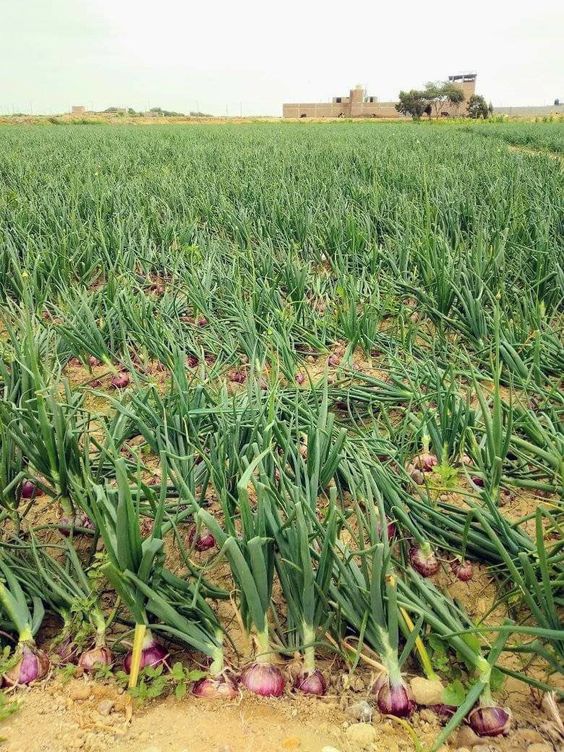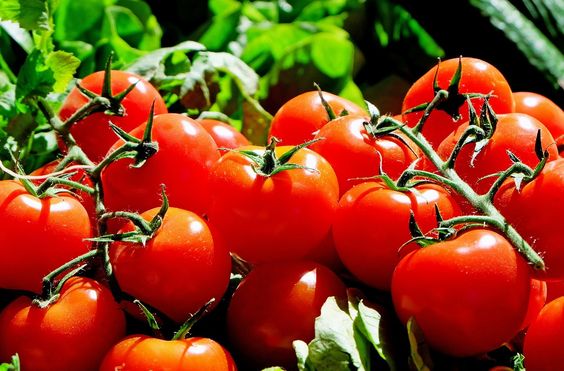Smart Onion Harvesting: A Technological Revolution in Agriculture
Onion Harvesting, a staple in global cuisine, is a significant agricultural commodity. Traditional onion harvesting is labor-intensive, time-consuming, and prone to inefficiencies. However, the advent of smart agriculture has ushered in a new era of precision and efficiency in onion cultivation. By integrating advanced technologies, such as IoT sensors, robotics, AI, and data analytics, farmers can optimize harvesting processes, reduce costs, and enhance overall productivity. This article delves into the intricacies of smart onion harvesting, exploring its benefits, objectives, and the technological underpinnings that drive this agricultural transformation.
Smart agriculture, or precision agriculture, is a data-driven approach to farming that leverages technology to optimize agricultural practices. It involves the collection, analysis, and interpretation of data from various sources, including soil sensors, weather stations, satellite imagery, and drones. This information is used to make informed decisions about planting, fertilization, irrigation, pest control, and harvesting.
Contents
The Challenge of Traditional Onion Harvesting
Onion harvesting is a complex process that demands significant labor and time. Manual harvesting is often inefficient, leading to crop damage, variations in quality, and increased costs. Additionally, factors such as weather conditions, soil type, and onion variety can further complicate the harvesting process.
Objectives of Smart Onion Harvesting
The primary objectives of smart onion harvesting are:
- Increased Efficiency: Streamlining harvesting operations to reduce labor costs and time.
- Improved Quality: Minimizing crop damage and maintaining consistent onion quality.
- Optimized Resource Utilization: Efficient use of water, fertilizers, and other inputs.
- Data-Driven Decision Making: Leveraging data analytics for better crop management.
- Sustainability: Adopting environmentally friendly practices.
Key Technologies in Smart Onion Harvesting
Several technologies are instrumental in realizing the potential of smart onion harvesting:
- IoT Sensors: These sensors monitor soil moisture, temperature, and other environmental factors to determine optimal harvesting conditions.
- Robotics: Autonomous harvesting machines can efficiently and accurately collect onions, reducing labor requirements.
- AI and Machine Learning: Algorithms analyze data to predict onion maturity, optimize harvesting routes, and detect crop diseases.
- Image Processing: Computer vision systems can assess onion size, shape, and quality in real-time.
- GPS and GIS: These technologies enable precise field mapping and navigation for harvesting equipment.
- Data Analytics: Collecting and analyzing data from various sources to identify trends and patterns.
The Smart Onion Harvesting Process
The smart onion harvesting process involves several stages:
- Field Mapping and Planning: Using GPS and GIS, create detailed maps of the onion field, including soil type, crop variety, and yield data.
- Sensor Deployment: Install IoT sensors throughout the field to monitor soil moisture, temperature, and other relevant parameters.
- Data Collection and Analysis: Gather data from sensors, weather stations, and satellite imagery. Utilize AI and machine learning algorithms to analyze the data and predict onion maturity.
- Harvesting Planning: Based on data analysis, determine the optimal harvesting time and create efficient harvesting routes.
- Autonomous Harvesting: Deploy robotic harvesters equipped with image processing and GPS technology to collect onions.
- Quality Control: Inspect harvested onions for size, shape, and quality using computer vision systems.
- Post-Harvest Handling: Transport harvested onions to storage or processing facilities using automated systems.
Benefits of Smart Onion Harvesting
- Increased Yield and Quality: Precise harvesting timing and reduced crop damage lead to higher yields and better-quality onions.
- Cost Reduction: Automation and optimized resource utilization lower labor and operational costs.
- Improved Decision Making: Data-driven insights enable farmers to make informed decisions about crop management.
- Environmental Sustainability: Reduced chemical usage and efficient resource management contribute to a greener agriculture.
- Enhanced Farmer Well-being: Reduced manual labor improves the working conditions of farmers.
Consumer Impact of Smart Onion Harvesting
While the direct impact of smart onion harvesting on consumers might not be immediately apparent, the long-term effects can be significant.
- Improved Food Quality and Safety: By reducing the handling of onions during the harvesting process, smart agriculture can help maintain product quality and reduce the risk of contamination. This translates to safer and fresher onions for consumers.
- Increased Food Availability: Optimized harvesting processes can lead to higher yields, potentially resulting in increased onion availability and more stable prices.
- Reduced Environmental Impact: Consumers increasingly prioritize environmentally friendly products. Smart agriculture’s focus on sustainability can enhance the appeal of onions to environmentally conscious consumers.
- Traceability: Smart agriculture systems often incorporate traceability features, allowing consumers to track the origin and journey of their food. This can build trust and transparency in the food supply chain.
Global Implications of Smart Onion Harvesting
The global implications of smart onion harvesting are far-reaching.
- Food Security: By increasing agricultural efficiency and productivity, smart onion harvesting can contribute to global food security, especially in regions facing challenges in food production.
- Economic Development: The adoption of smart agriculture technologies can drive economic growth in developing countries by creating new jobs and improving agricultural incomes.
- Global Trade: As smart agriculture enhances the competitiveness of the agricultural sector, it can boost exports and contribute to global trade.
- Knowledge Sharing: The exchange of knowledge and best practices related to smart onion harvesting can facilitate international collaboration and cooperation in agriculture.
Ethical Considerations in Smart Onion Harvesting
As with any technological advancement, there are ethical considerations to address in smart onion harvesting.
- Job Displacement: The increased use of automation in agriculture raises concerns about job losses in the agricultural workforce. It is essential to develop strategies for retraining and upskilling workers to adapt to the changing job market.
- Data Privacy: The collection and analysis of large amounts of data in smart agriculture raise concerns about data privacy and security. Robust data protection measures must be in place to safeguard sensitive information.
- Environmental Impact: While smart agriculture can contribute to environmental sustainability, it is crucial to assess the overall environmental impact of these technologies, including energy consumption and waste generation.
- Digital Divide: Ensuring equitable access to smart agriculture technologies is essential to prevent a digital divide between large-scale and small-scale farmers.
Smart onion harvesting represents a promising avenue for transforming the agricultural industry. By integrating advanced technologies, farmers can enhance efficiency, sustainability, and profitability. While challenges and ethical considerations need to be addressed, the potential benefits for farmers, consumers, and the environment are substantial. As technology continues to evolve, it is essential to foster collaboration, research, and policy development to fully realize the potential of smart agriculture.




